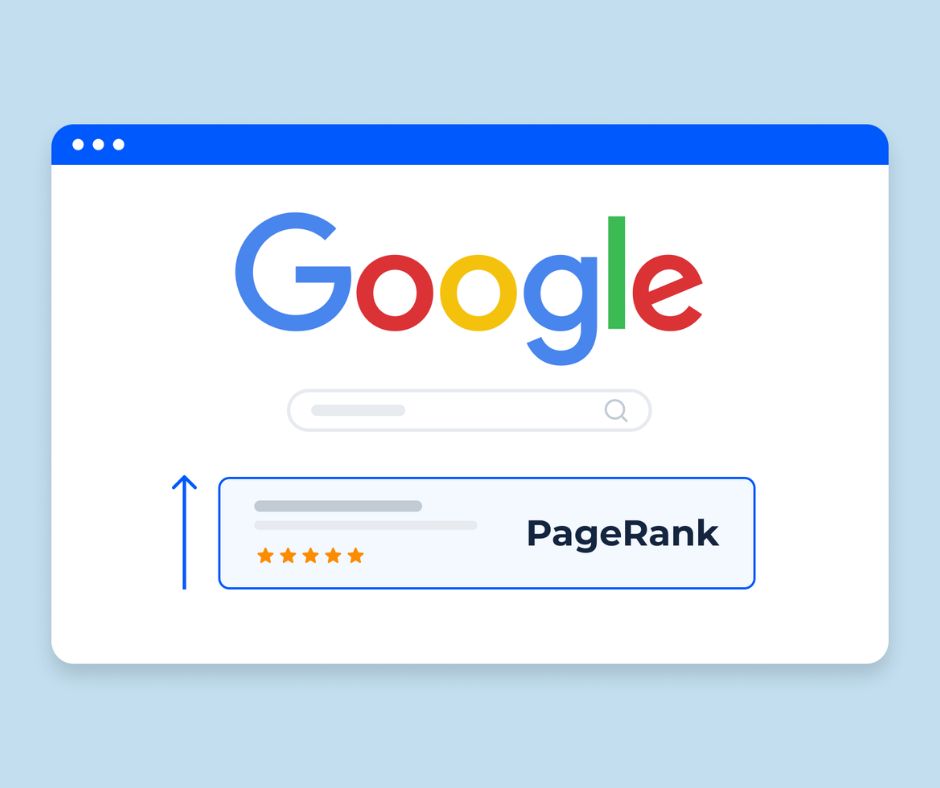What Is an XML Sitemap
In simple terms, an XML sitemap is a list of your website’s URLs.
An XML sitemap is a list of pages you recommend to be crawled, which isn’t necessarily every page of your website.
A search spider arrives at your website with an “allowance” for how many pages it will crawl.
The XML sitemap indicates you consider the included URLs to be more important than those that aren’t blocked but aren’t in the sitemap.
It acts as a roadmap to tell search engines what content is available and how to reach it.
XML sitemap assists crawlers in faster indexation & is especially important for websites that:
Have thousands of pages and/or a deep website architecture.
Frequently add new pages.
Frequently change content of existing pages.
Suffer from weak internal linking and orphan pages.
Lack a strong external link profile.
Types of Sitemaps
- XML Sitemap Index
- XML Image Sitemap
- XML Video Sitemap
- Google News Sitemap
- Mobile Sitemap
- HTML Sitemap
Why You should use a sitemap
XML Sitemaps are especially important if:
- You have pages on your site created dynamically (e.g. some e-commerce sites)
- Your site is not well-structured or well-linked (internal links)
- Your site has few external links or is new (a newly developed site just set “live”)
- Your site is large and/or has lots of archived content that may not be well-linked
Even though search engines can technically find your URLs without it, by including pages in an XML sitemap you’re indicating that you consider them to be quality landing pages.
While there is no guarantee that an XML sitemap will get your pages crawled, let alone indexed or ranked, submitting one certainly increases your chances.









.png)




.png)